Introduction: Cutting Through the Noise
Imagine trying to learn a new skill while standing in a crowded room filled with shouting voices, flashing lights, and blaring music. That’s what onboarding feels like for many new hires when faced with irrelevant information, poorly designed materials, or chaotic processes. This overwhelming “noise” is what Cognitive Load Theory (CLT) calls extraneous load—the mental effort wasted on distractions that do nothing to enhance learning.
For HR managers, minimising extraneous load is key to effective onboarding. By creating a distraction-free, focused experience, you can ensure new hires learn efficiently, retain essential knowledge, and feel more confident in their roles.
What is Extraneous Load?
Extraneous load refers to the unnecessary mental effort caused by distractions, irrelevant information, or poor instructional design. Unlike intrinsic load, which is tied to the complexity of a task, extraneous load is avoidable and should be minimised wherever possible.
Examples of extraneous load in onboarding:
- Overloaded PowerPoint presentations with dense text and unrelated graphics.
- Lengthy, jargon-filled documents.
- Unclear or inconsistent instructions.
[!tip] Key Insight:
Extraneous load is a drain on cognitive resources, making it harder for employees to learn effectively.
The Impact of Extraneous Load on Onboarding
When onboarding is riddled with distractions, the consequences can be severe:
- Confusion: Employees struggle to separate important information from irrelevant noise.
- Frustration: Poorly designed materials increase stress and reduce engagement.
- Slower Learning: New hires take longer to master tasks due to mental fatigue.
Eliminating extraneous load helps employees focus on what matters, improving knowledge retention and job performance.
Strategies to Minimise Extraneous Load
1. Use Clear, Concise Communication
Why It Works:
Clarity reduces confusion and ensures employees understand key messages quickly.
How to Do It:
- Avoid jargon and overly complex language.
- Use bullet points or short paragraphs to present information clearly.
- Prioritise essential details and remove irrelevant content.
Example:
Replace a dense 10-page onboarding document with a one-page summary of critical information, linking to additional resources for deeper dives.
2. Leverage Visual Aids
Why It Works:
Visuals help simplify complex concepts and reduce cognitive effort required to process information.
How to Do It:
- Use flowcharts to map out processes.
- Replace text-heavy materials with infographics and diagrams.
- Ensure visuals are directly relevant to the content.
Example:
Explain the company’s approval process using a flowchart instead of dense paragraphs.
3. Structure Content Logically
Why It Works:
A well-organised flow of information prevents employees from feeling overwhelmed or lost.
How to Do It:
- Present content in a step-by-step sequence.
- Use headings and subheadings to guide employees through materials.
- Provide a table of contents for longer documents or presentations.
Example:
Create a training guide with sections: “Company Overview,” “Sales Tools,” “Best Practices,” and “Next Steps.”
4. Eliminate Redundant Materials
Why It Works:
Removing unnecessary information allows employees to focus on what’s important.
How to Do It:
- Audit onboarding materials to identify and remove duplicates or irrelevant content.
- Consolidate resources into a single, streamlined document or platform.
Example:
Centralise scattered PDFs into a single onboarding portal for easy access.
5. Use Interactive Tools for Engagement
Why It Works:
Interactive elements actively involve employees, reducing distractions.
How to Do It:
- Incorporate quizzes or simulations to reinforce learning.
- Use gamified elements like badges or points for completed tasks.
Example:
Include a customer service simulation for trainees to handle queries, followed by feedback.
6. Provide Consistent Messaging
Why It Works:
Consistency reduces confusion and ensures employees know what to expect.
How to Do It:
- Use uniform terminology and formatting across materials.
- Align messaging across teams or departments.
Example:
Adopt standardised onboarding templates for all departments.
Benefits of Minimising Extraneous Load
- Improved Focus: Employees concentrate on learning relevant tasks.
- Faster Knowledge Retention: Clear, distraction-free materials enhance memory.
- Higher Engagement: Streamlined onboarding reduces frustration and keeps employees motivated.
- Better Performance: Employees can apply their knowledge more effectively and confidently.
Conclusion: Clarity Over Clutter
Minimising extraneous load isn’t just about cleaning up onboarding materials—it’s about respecting your employees’ time and mental energy. By eliminating distractions and focusing on clear, relevant information, you can create an onboarding experience that’s not only efficient but empowering.
Ask yourself: Are your onboarding materials guiding new hires to success, or are they drowning in unnecessary noise? By cutting through the clutter, you can make onboarding a seamless and rewarding experience.
Takeaways
- Extraneous load is caused by distractions, irrelevant information, and poor design.
- Minimising extraneous load improves focus, retention, and engagement during onboarding.
- Strategies include using clear communication, visual aids, logical structures, and interactive tools.
Tips for the Workplace
- Audit Onboarding Materials: Identify and eliminate distractions.
- Use Visuals Wisely: Replace dense text with relevant diagrams, flowcharts, and infographics.
- Streamline Resources: Consolidate materials into a single platform.
- Engage Employees: Incorporate quizzes, simulations, or gamified elements.
- Be Consistent: Ensure uniform messaging across departments.
References
- Sweller, J. (1988). Cognitive Load During Problem Solving: Effects on Learning. Cognitive Science
- Mayer, R. E. (2005). Cognitive Theory of Multimedia Learning. Cambridge University Press
- Society for Human Resource Management (SHRM). (2019). Onboarding Metrics That Matter. SHRM
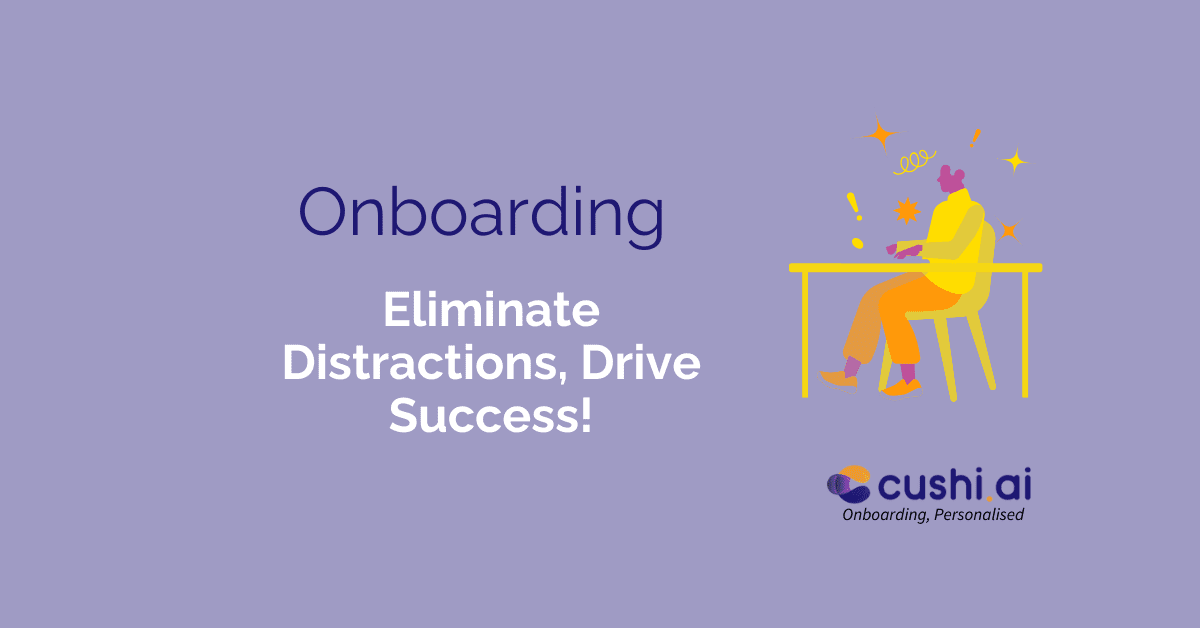
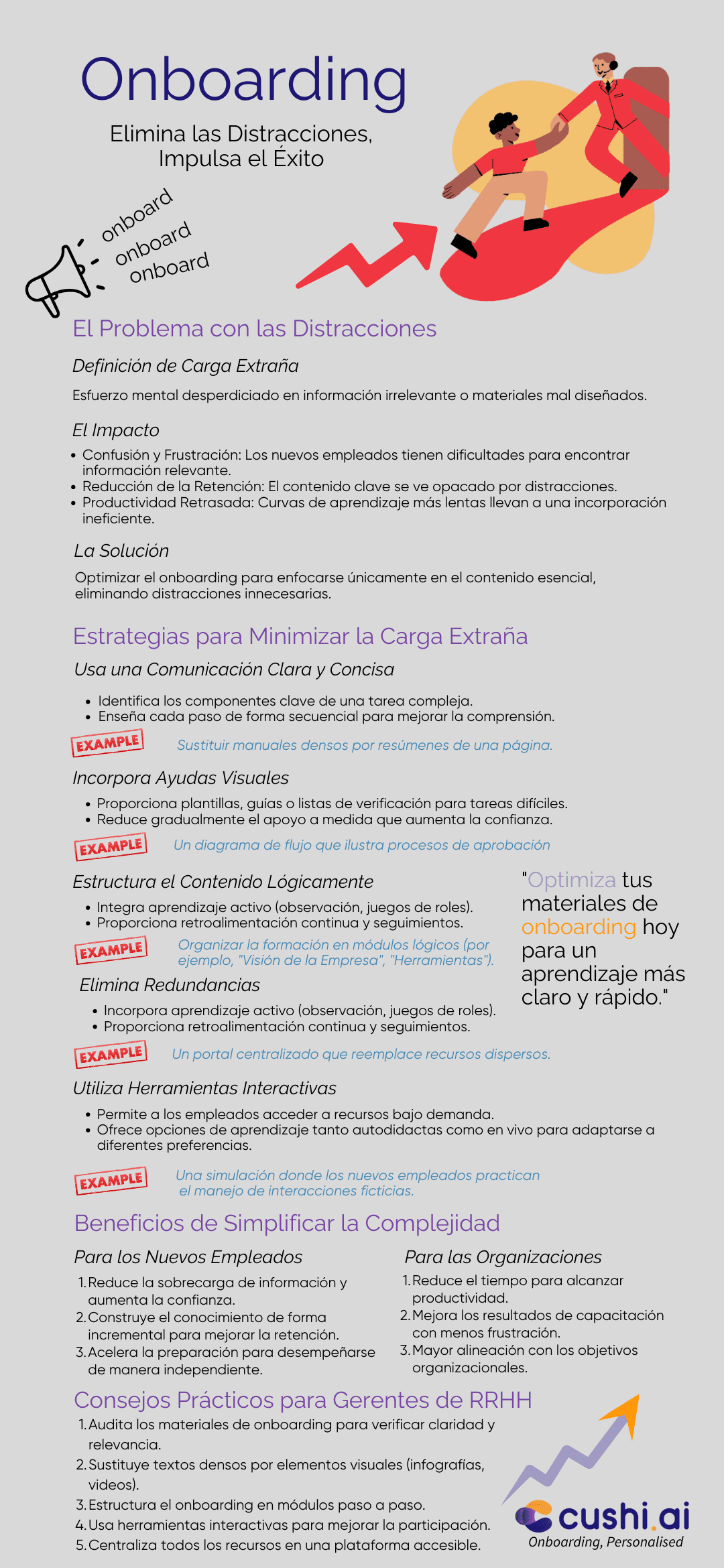
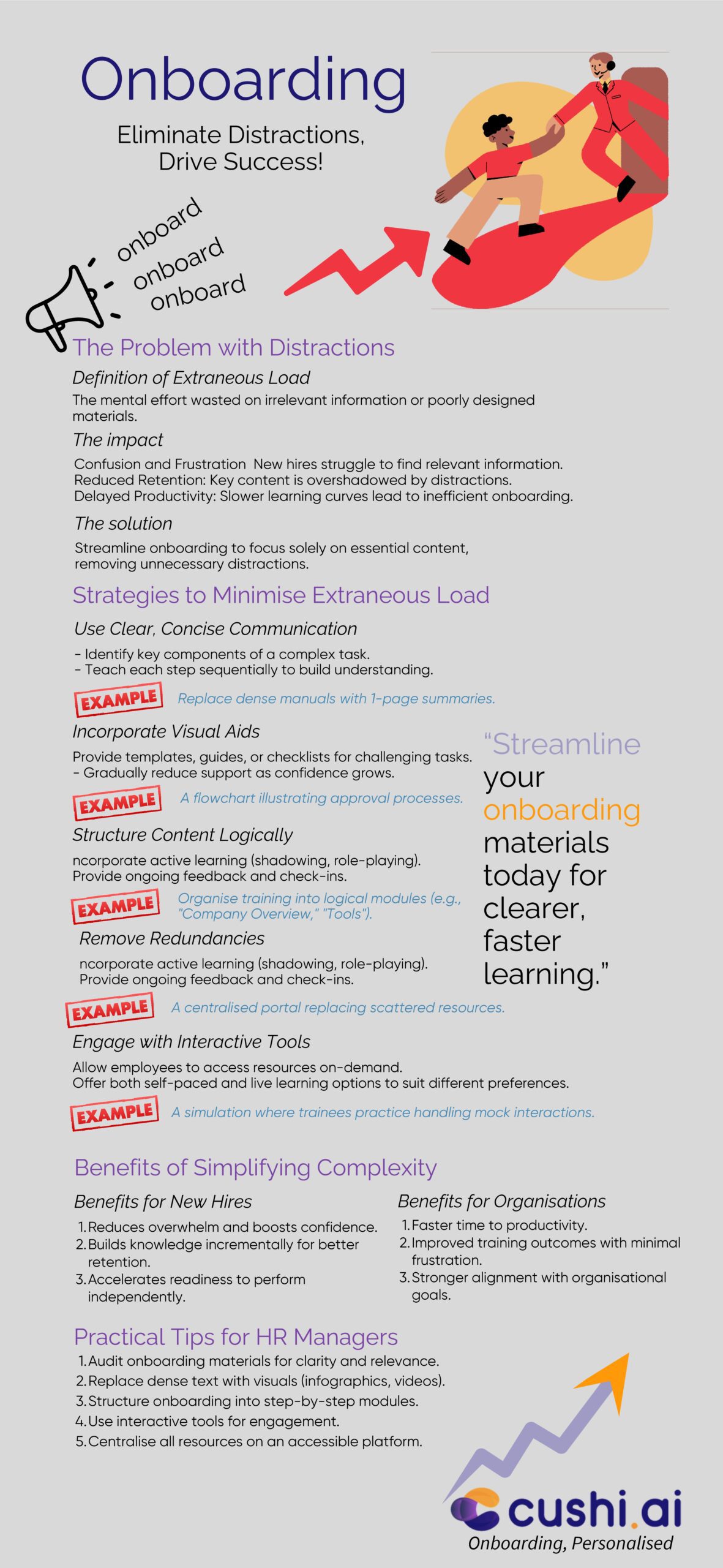
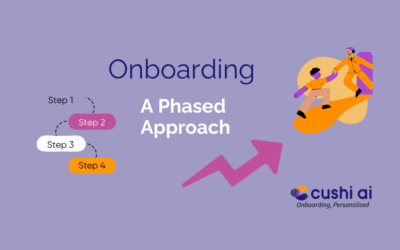
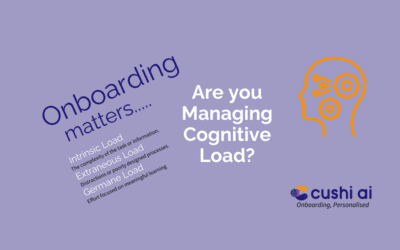
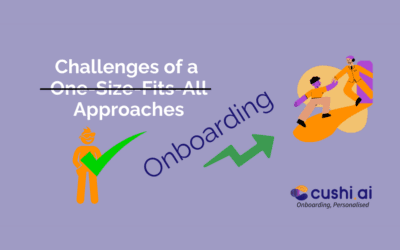
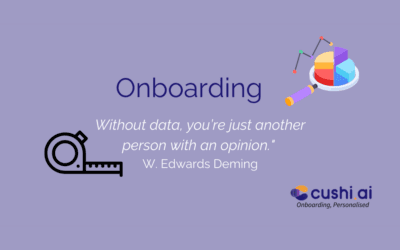
0 Comments